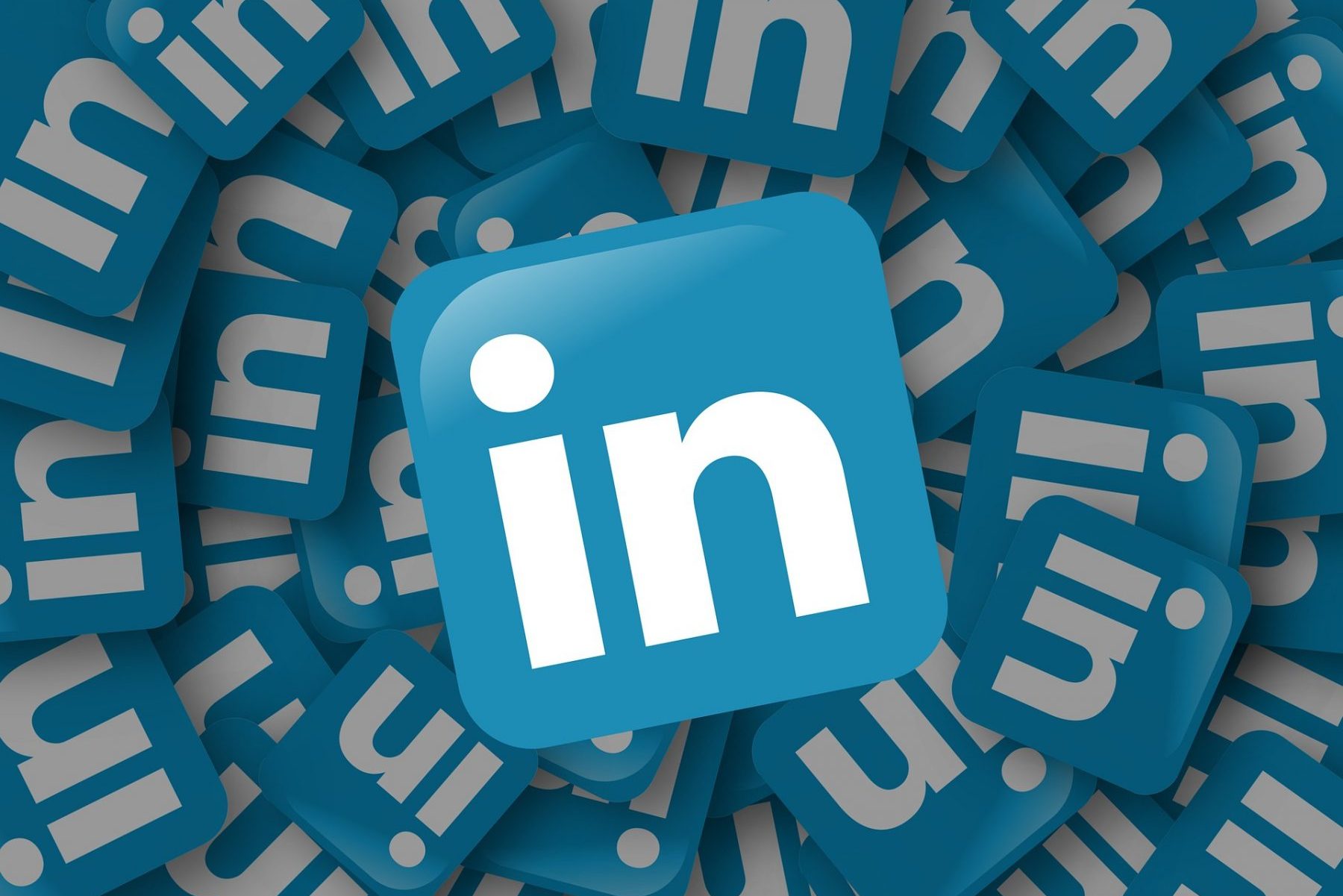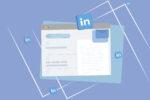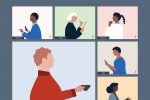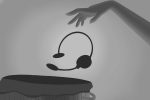Earlier this summer, I decided it was finally time to give in and make myself a real LinkedIn. As a college student whose summer plans had been canceled due to COVID-19, it seemed like the best way to try and find an internship or job to fill my newfound time. Throughout the past few months navigating the platform, I’ve learned a few things that could be helpful for those looking to create their own account.
1. Check Your Settings
I learned this one the hard way. I had downloaded LinkedIn a few years ago as, quite frankly, a tool for cyber-stalking. But after spending a few hours falling down the rabbit hole of LinkedIn, researching everyone from my first-grade teacher to a girl I had once done a summer program with, a friend of mine informed me of my mistake: Unlike other social media apps, like Instagram and Facebook, LinkedIn tells the user when their profile has been viewed. Not only that, users will often get alerts or emails with the profile of the person who has been ogling their page. Although some people may be bold enough to be transparent in their stalking, I –– and likely many others –– prefer anonymity.
The way to avoid this is pretty simple, and will save you from any awkward moments with those whose pages you’ve been looking at. All you need to do is click on your profile icon, select “Settings & Privacy,” change your profile viewing options, and you’re free to cyber-stalk whomever your heart desires.
2. Perfecting Your Profile
Throughout your whole page, you want to make sure you market yourself and your experiences as clearly and concisely as you can. Your profile will be visited by many people, including possible future employers, so you want to make sure you do a good job creating your page.
The first thing people will see is your profile picture. LinkedIn recommends that its users have a professional (no selfies!) and friendly picture to encourage connections.
Below the profile picture is a spot for you to write a bit about yourself (the “About Section”). This About Section should be a short summary of your passions, experiences and accomplishments.
The main body of a LinkedIn profile is essentially your resume. LinkedIn allows you to input your work experience, education, skills, licenses and more. Like resume entries, these sections should also be clear and concise. Personally, I copy and pasted my resume entries into LinkedIn just for consistency’s sake.
There are many other features on a LinkedIn profile. To get the most out of your page, play around a bit and see what there is. The more you have on your profile, the better your “personal brand.”
3. Connections, Connections
Although LinkedIn can be used for stalking purposes, as mentioned before, it is often used for networking.
On LinkedIn, you can connect with people and add them to your network. It’s kind of like Facebook, however, while your Facebook friends are usually people you actually know and interact with, LinkedIn is completely different. You’re encouraged to connect with as many people as you can, whether it’s that guy from your Econ class you talked to once, your camp counselor from five years ago or your former boss. I’ve gotten and sent requests to people I would never envision adding on Facebook –– namely my university’s president –– but I have connected with them on LinkedIn because it’s “appropriate.”
Not only is it deemed “cool” to have 500+ connections, it can also be useful. In our society, who you know matters. In theory, by building your network, you’re creating social capital. The more “connections” you have, the more people and resources you can capitalize on later.
4. LinkedIn: Home of the Humble Brag
LinkedIn “etiquette” may seem quite strange at first. I know I was shocked when my home page was inundated with people stating their accomplishments as formally as if it were a resume or cover letter.
But I soon learned that this is pretty typical of LinkedIn users. The home page is used as a place to brag about your achievements, share anything you’ve published or just update your network on your life happenings. While broadcasting your GPA and awards on Facebook may be deemed obnoxious, on LinkedIn it is completely acceptable and encouraged. After all, you want to present your best self to anyone who may stumble upon your LinkedIn page, future employers included.
5. Job and Internship Search
On the subject of future employers, another great feature of LinkedIn is that it can be used as a platform to apply to jobs and internships. In fact, LinkedIn provides jobs based on your interests and experience. However, because many employers post available opportunities, the list can be exhaustive. To avoid job search burnout, use filters to narrow down your search. I’ve found the remote filter especially helpful, as I don’t see myself working somewhere in person anytime soon.
While some jobs allow you to upload your resume and cover letter straight through LinkedIn, many require an external application. It’s important to make sure you’re submitting your application on the preferred platform, as they may not accept it if it’s not submitted correctly.
Job listings will also mention if any connections of yours, or alumni of your university, work there. Yet again, social capital comes into play: LinkedIn is providing a connection (no pun intended), or a possible “in,” to the company.
While LinkedIn can be overwhelming at first, it is a very helpful site for networking and securing job and internship offers. So polish up your resume, take your professional headshots and get your account started. The wide world of LinkedIn awaits.

















